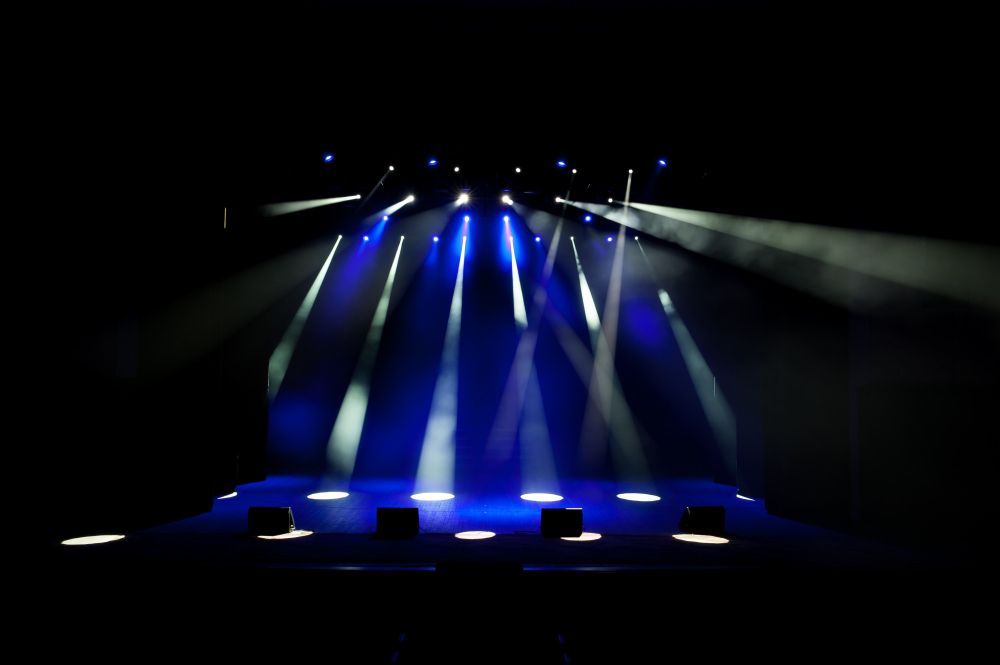Fresnel lights and spotlights are both essential tools in stage lighting—but they serve very different purposes. Whether you’re working in a theater, church, studio, or live event setting, understanding the differences between these two fixtures can help you make smarter lighting decisions. In this guide, we’ll break down their structure, function, optical principles, and when to use each.
Fresnel Light & Spotlight Definition
What Is a Fresnel Light?

A Fresnel light uses a lens with concentric grooves (named after its inventor, Augustin-Jean Fresnel) to produce a soft-edged, wide beam of light. These fixtures are known for their ability to produce an even wash of light with minimal hotspots.
Beam: Soft-edged, diffused, adjustable from spot to flood
Use: Wash lighting, side-fill, backlight, scenery lighting
Control: Limited beam shaping; no imaging capabilities
Advantages: Simple to use, good for general coverage
Fresnel lights are ideal when you need smooth transitions between light and shadow and want to avoid sharp beam edges.
What Is a Spotlight?
A spotlight is a general term for a lighting fixture that produces a concentrated, sharply defined beam. Most spotlights include lenses and shutters that allow for precise control over the shape, size, and direction of the light.
Beam: Sharp-edged, focused, directional
Use: Key lighting, actor highlights, speeches, soloists
Control: High control; can use gobos, shutters, and lenses
Advantages: Ideal for isolating subjects and projecting patterns
Common types include profile spotlights (ERS), follow spots, and LED spotlights. These are used when visibility, detail, and focus are critical.
Side-by-Side Comparison
| Feature | Fresnel Light | Spotlight |
|---|---|---|
| Beam Quality | Soft-edged, diffused | Sharp-edged, focused |
| Focus Control | Adjustable (spot to flood) | Precise shaping via lens |
| Imaging Capability | None | Yes (can project patterns) |
| Ideal Use | Washes, fills, backgrounds | Key lighting, performer focus |
| Cost | Generally lower | Higher, especially with lens |
Why Is the Fresnel Beam Soft and the Spotlight Sharp?
The Fresnel lens diffuses light through concentric grooves, creating a soft beam with gradual fall-off. It lacks internal shutters or a tight focal point, which is why the beam edges blend smoothly into the surrounding space.
In contrast, spotlights—especially profile spotlights—use ellipsoidal reflectors and precise lens tubes to tightly focus light. These components enable sharp beam control, allowing designers to shape, crop, and isolate lighting with precision. This makes them ideal for highlighting performers or projecting patterns onto stage surfaces.
When to Use Each Type
Use Fresnel Lights When:

You need soft, even lighting without harsh shadows
The focus is on creating ambient stage light
Lighting scenery, curtains, or wide background areas
Use Spotlights When:

You need to isolate a subject on stage
The scene requires sharp lighting control
You’re lighting a sermon, monologue, or lead actor
Can You Combine Fresnel and Spotlights?
Absolutely—and it’s a common and recommended practice. Fresnels can provide general wash and ambiance across the stage, while spotlights highlight specific performers or areas. This layered lighting approach adds depth, contrast, and professionalism to your design.
For example: In a theater production, the main actor is lit with a spotlight for visibility and dramatic focus, while Fresnels softly illuminate the set and background.
FAQ
Is a Fresnel a type of spotlight?
Technically, no. While it directs light like a spotlight, it produces a softer, less defined beam and isn’t intended for precision focus.
Can I replace a Fresnel with an LED PAR light?
Sometimes, but not always. PAR lights have fixed beam angles and are less adjustable than Fresnels. They also don’t replicate the same soft edge.
What beam angle does a spotlight have?
It varies—spotlights often come with adjustable lenses or fixed angles between 5° and 50° depending on type.
Which is better for theater lighting?
Both! Spotlights are used for focused areas, while Fresnels fill in the space and background. They complement each other in layered lighting designs.
Final Thoughts
Both Fresnel lights and spotlights play important roles in stage design. Understanding their differences helps you build a lighting plan that delivers clarity, mood, and visual impact.
Need help choosing the right fixture for your venue? Contact our team for expert advice.


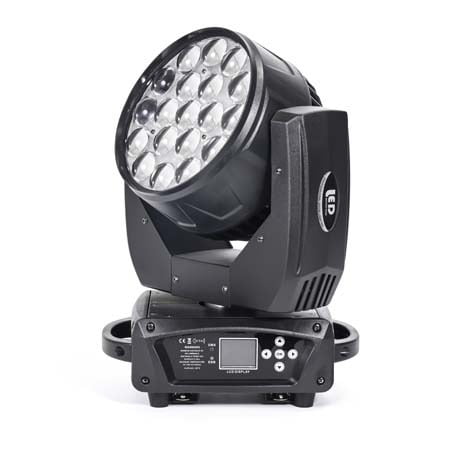





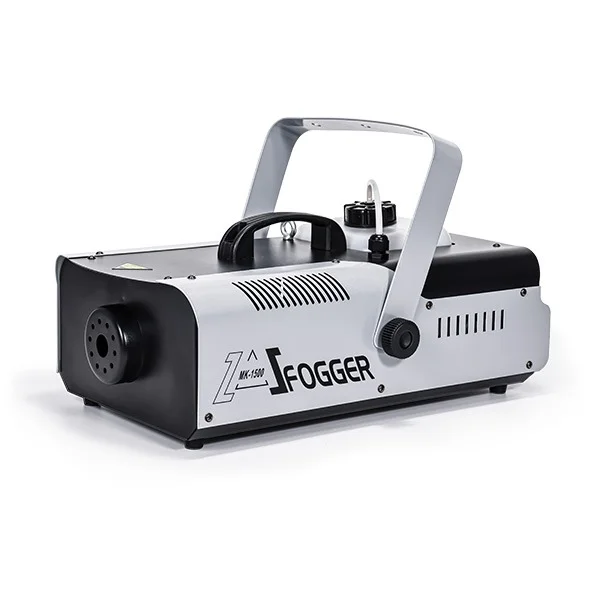
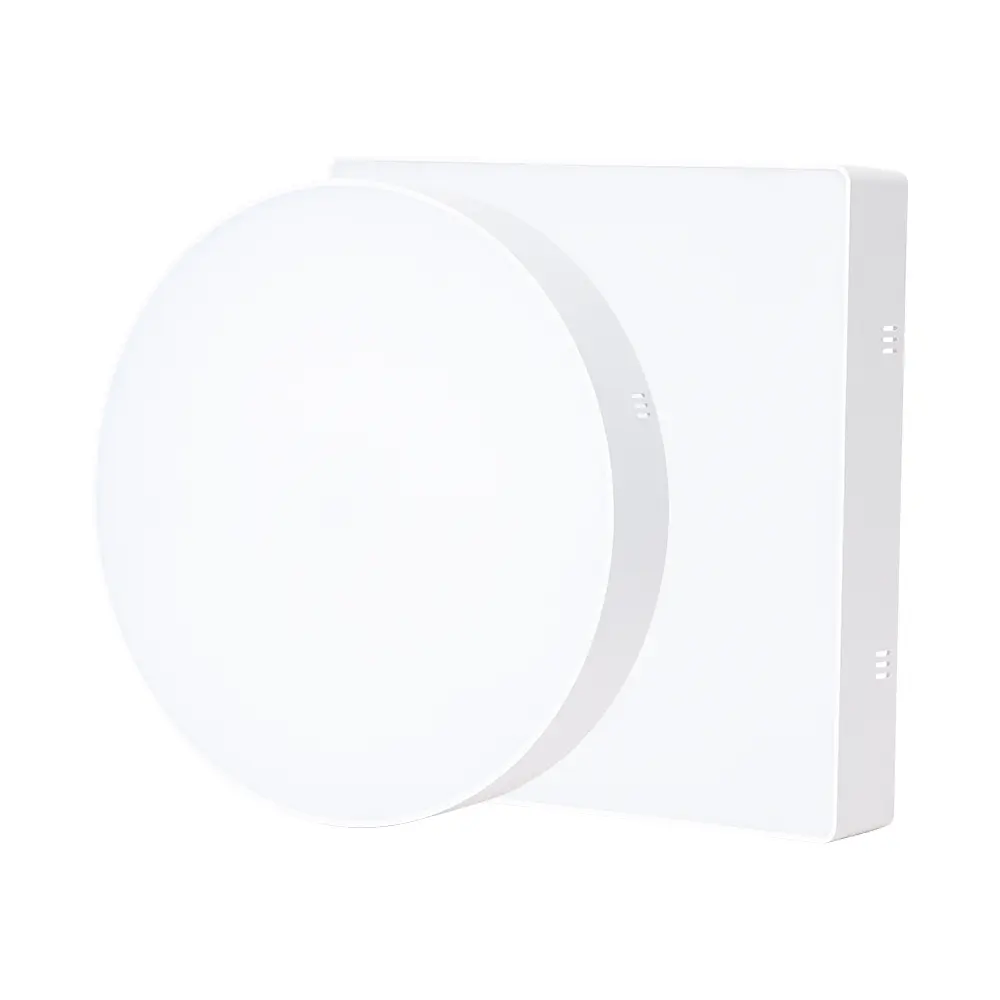

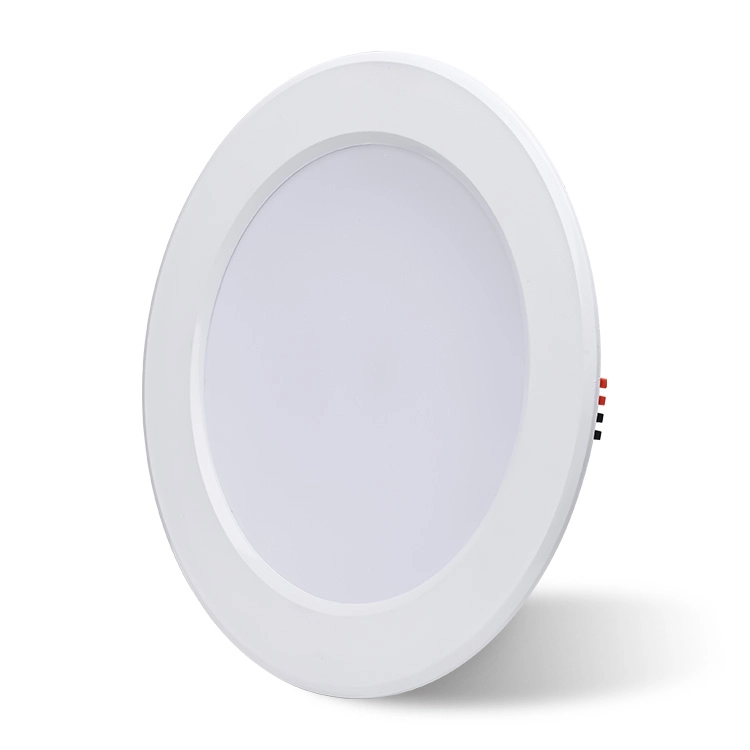
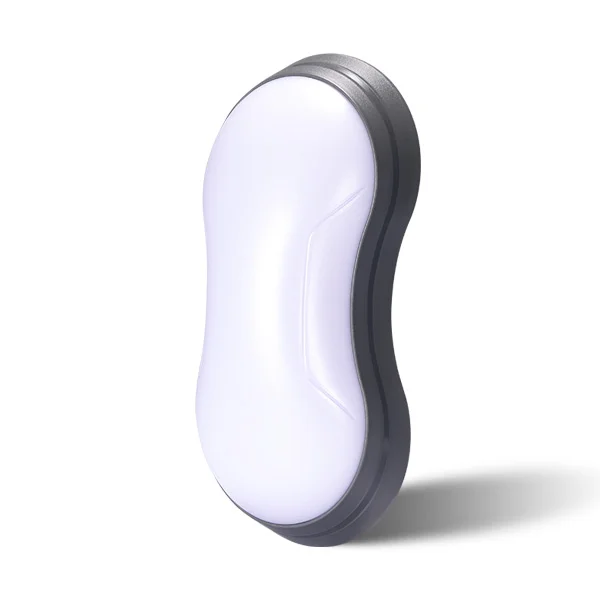

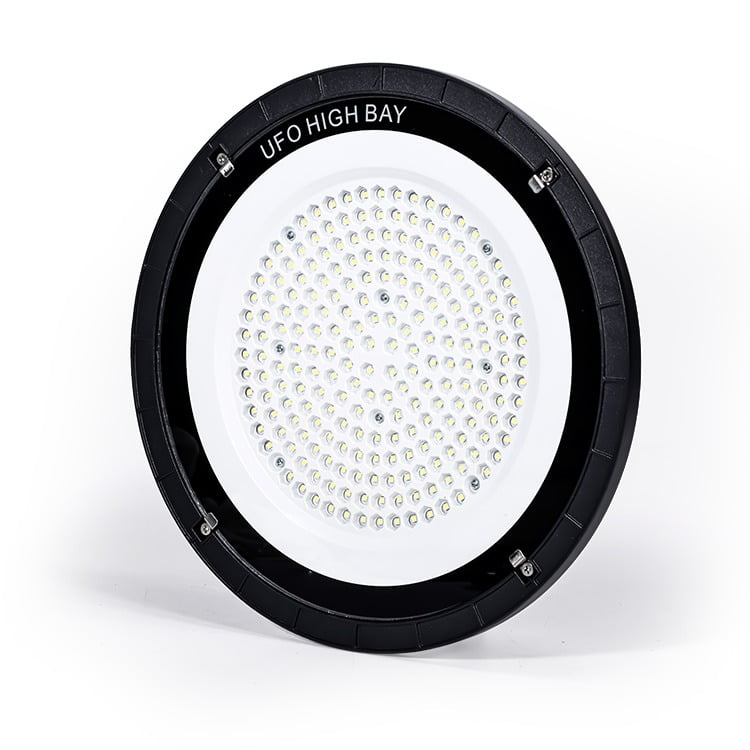
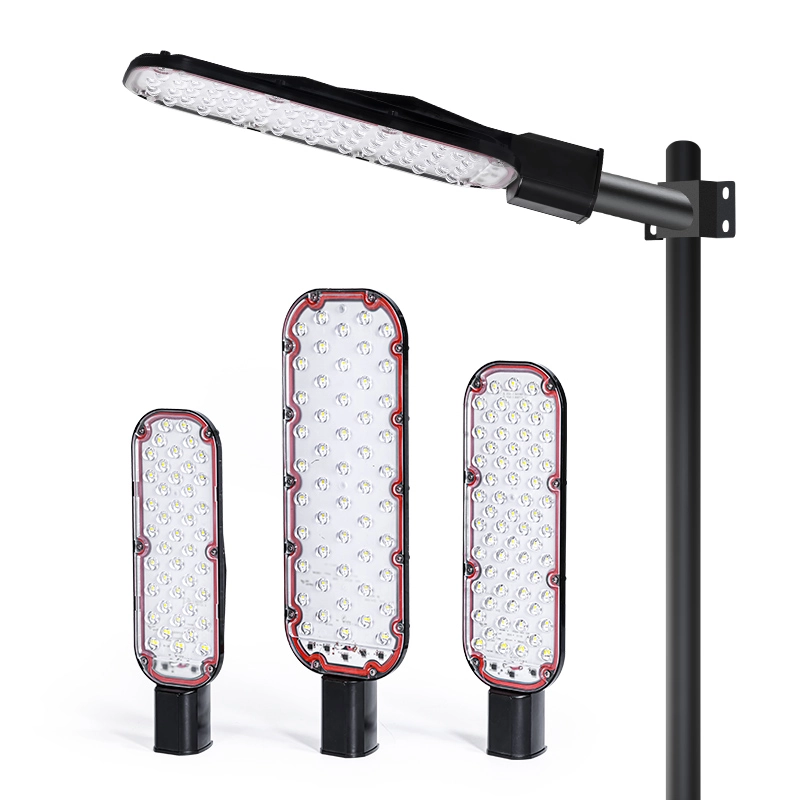

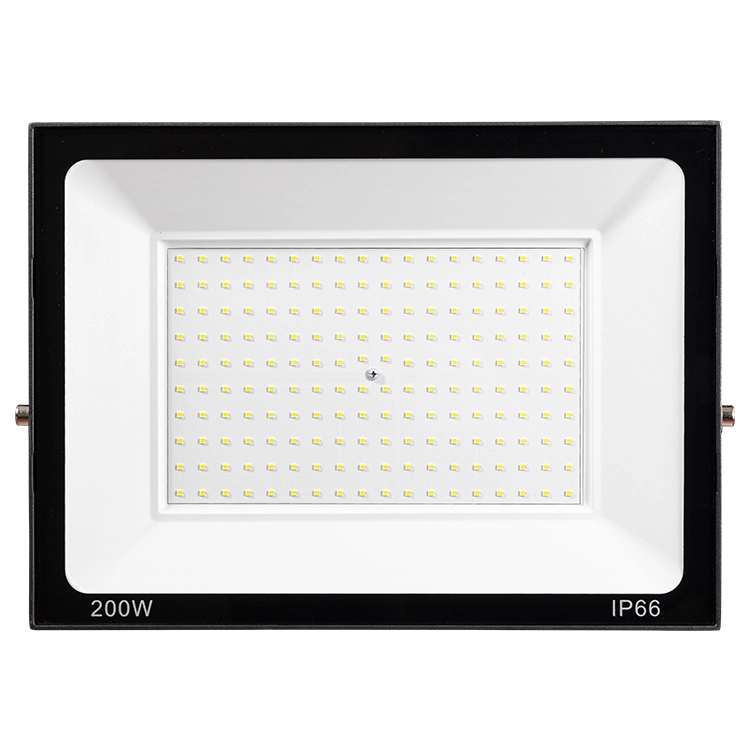
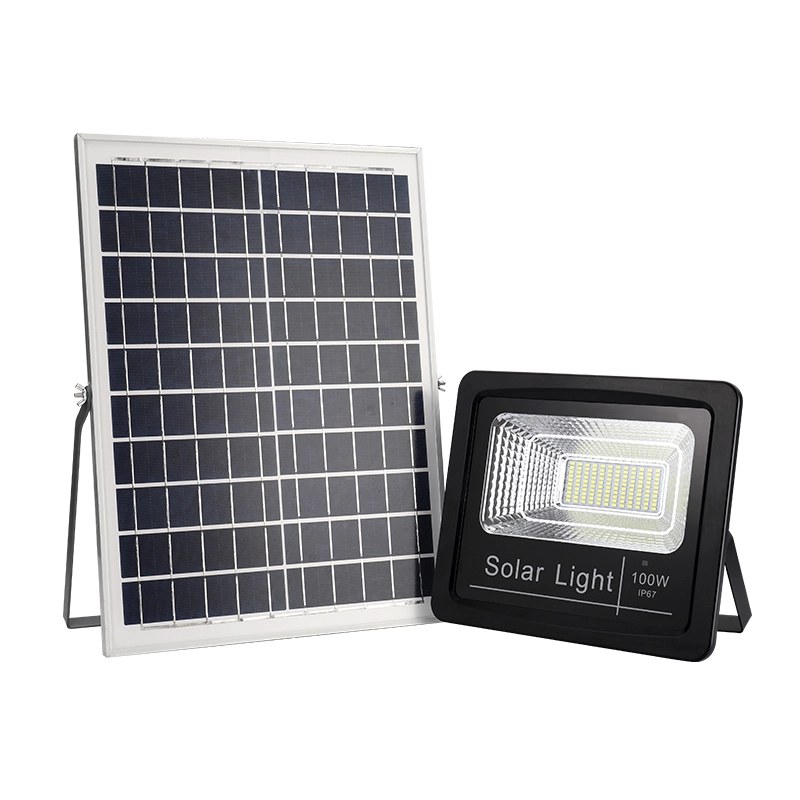


![Feature image 1 - Top 10 Stage Lighting Manufacturers[2025 Updated] - Vorlane - Vorlane Feature image 1 - Top 10 Stage Lighting Manufacturers[2025 Updated] - Vorlane - Vorlane](https://vorlane.com/wp-content/uploads/2022/12/Feature-image-1.png)


